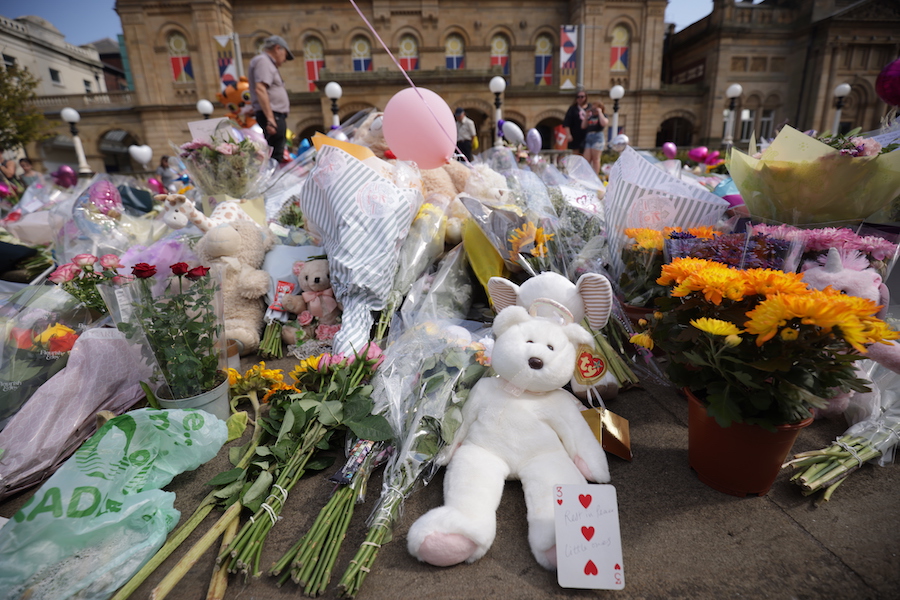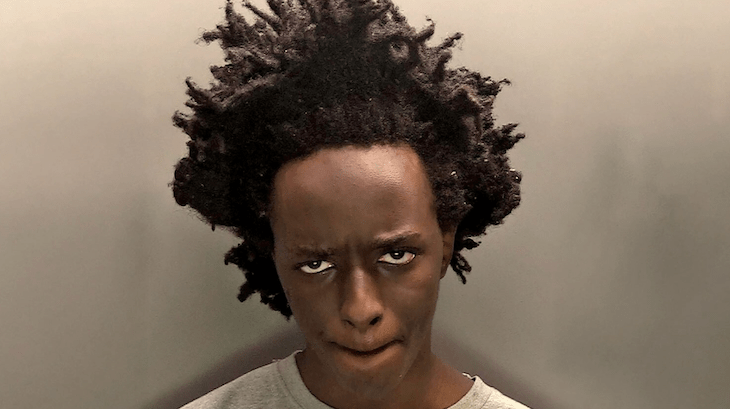There have been lots of reasons to be optimistic this summer: the glorious spectacle of the Olympics; the (relatively) good weather; the Bank of England finally cutting interest rates amid falling inflation. Yet this summer has also seen a pernicious epidemic of violence, hate and prejudice. I’m not talking about the right-wing riots, but the numerous acts of violence against women and girls. Over the last month or so, we have witnessed too many chilling reminders that we have a problem with men who hate women, and that politicians have no idea what to do about this.
It started in July: Carol Hunt and her daughters Hannah and Louise were brutally murdered in their home, execution-style with a crossbow. In the initial hours, before a suspect was named, many speculated on social media about the potential motive and perpetrator, but to many women the answer was far too obvious: the first suspect is always a jilted partner. Louise’s ex-boyfriend Kyle Clifford has since been arrested on suspicion of murder. The government’s response? A crackdown on crossbows.
How can we possibly start to tackle this epidemic unless we can address it in the first place?
That same week, Gavin Plumb was also jailed for plotting to kidnap, rape and murder TV presenter Holly Willoughby. Plumb was only discovered after a US undercover police officer infiltrated an online group called Abduct Lovers, and became concerned after he shared a video of his ‘kidnap kit’, which included 400 metal cable ties, a lock-picking set, bottles of chloroform, handcuffs and rope.
Two weeks later, a 17-year-old boy was charged in relation to the stabbing of eleven little girls and two female teachers at a Taylor Swift-themed dance class in Southport. A week after that, three Taylor Swift concerts – again, with primarily female audiences – were cancelled in Vienna after police uncovered a terror plot with links to Islamic State. The plot was eerily reminiscent of the attack at Ariana Grande’s concert at Manchester Arena in 2022, a venue also packed with girls and their mothers, who made up 17 out of the 22 fatalities.
Then just this week, an 11-year-old girl was stabbed eleven times in broad daylight in Leicester Square, suffering wounds to her face, wrist, shoulder and neck.
These are just the high-profile cases. In the last month, over half a dozen other women have been murdered by men without making front-page news: 26-year-old Courtney Mitchell, mother of three; Olivia Wood, 29; Rebecca Simkin, 31; Anala Odysseos, who was pregnant, 32; Laura Robson, 37; Jenny Sharp, 80; and Sophie Evans, 30.
The horrific frequency of female homicides – around 140 a year, a number that has remained stubbornly high since 2009 – means that too often these deaths are not treated as newsworthy. When they are, the misogyny that underlies them is underplayed, and the same tired platitudes are perpetuated. For example, there is the ‘nice guy narrative’, where the suspect’s seeming normality is highlighted. This was the case with Kyle Clifford, who apparently never seemed ‘odd or aggressive.’
Alternatively, the media focuses on the ‘missed opportunities’ and ‘overlooked red flags’, like the fact the Vienna terror suspect was allegedly frequently violent towards female students and groped girls while attending business school. Not enough was perhaps made about Gavin Plumb’s criminal record: in 2006 he received two convictions for attempting to kidnap two air hostesses, and only received a suspended sentence. Likely emboldened by his lack of punishment, he then tied two 16-year-olds up in the store room of a shop in 2008, but one of the girls luckily managed to escape and sound the alarm. When will we learn that male violence does not take place in a vacuum?
At worst, the gendered nature of this violence is ignored altogether. In the wake of the Southport murders and the riots that followed, many political issues have been discussed: immigration; multiculturalism; the poverty and alienation of the working class; relationships between police and local communities; Islamophobia; fake news; mental health; whether we should protect the identity of those under 18. In doing so, we have overlooked the very specific demographic of the victims whose deaths triggered the riots in the first place: this was not just an attack on children, but on girls.
Yet how can we possibly start to tackle this epidemic unless we can address it in the first place? We have to be able to acknowledge the fact that these crimes are very specifically acts of violence against women and girls, and not worry that by doing so, we rekindle the old ‘not all men’ debate. Of course it’s not all men – let’s not forget the bravery of Jonathan Hayes, a passerby who was also stabbed by the Southport attacker after trying to intervene, or the security guard who disarmed the Leicester Square knifeman and gave the girl first aid until the emergency services arrived.
The sad reality though is that it is enough men, and too many men, and that over the last month the media has been too reluctant to dwell on the sex of the victims in all of these past and potential tragedies. We have therefore ended up with a situation where the government wants to appear tough on crime by jailing people for Facebook posts, but has almost nothing to say about a much more pressing national emergency.







Comments